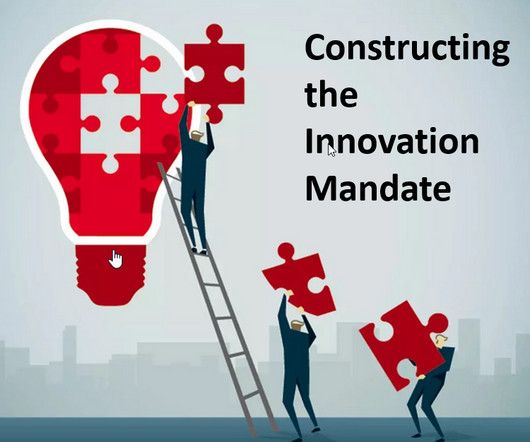Innovation Unleashed: Developing a Culture of Innovation in High Potential Leaders
Leapfrogging
FEBRUARY 9, 2024
These programs should focus on enhancing innovation leadership skills that align with the organization’s vision for innovation. Design Thinking Projects : Individuals or teams work on projects that require empathy, ideation, prototyping, and testing – all key components of the design thinking methodology.




























Let's personalize your content